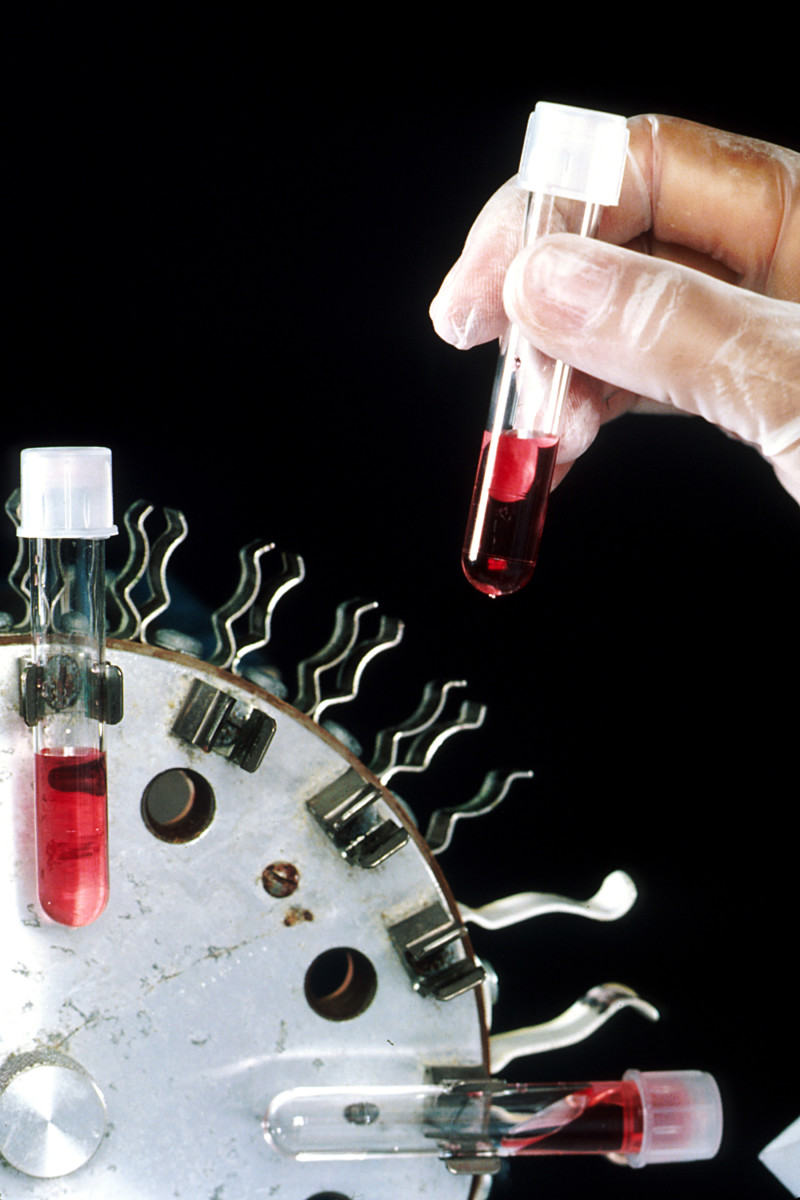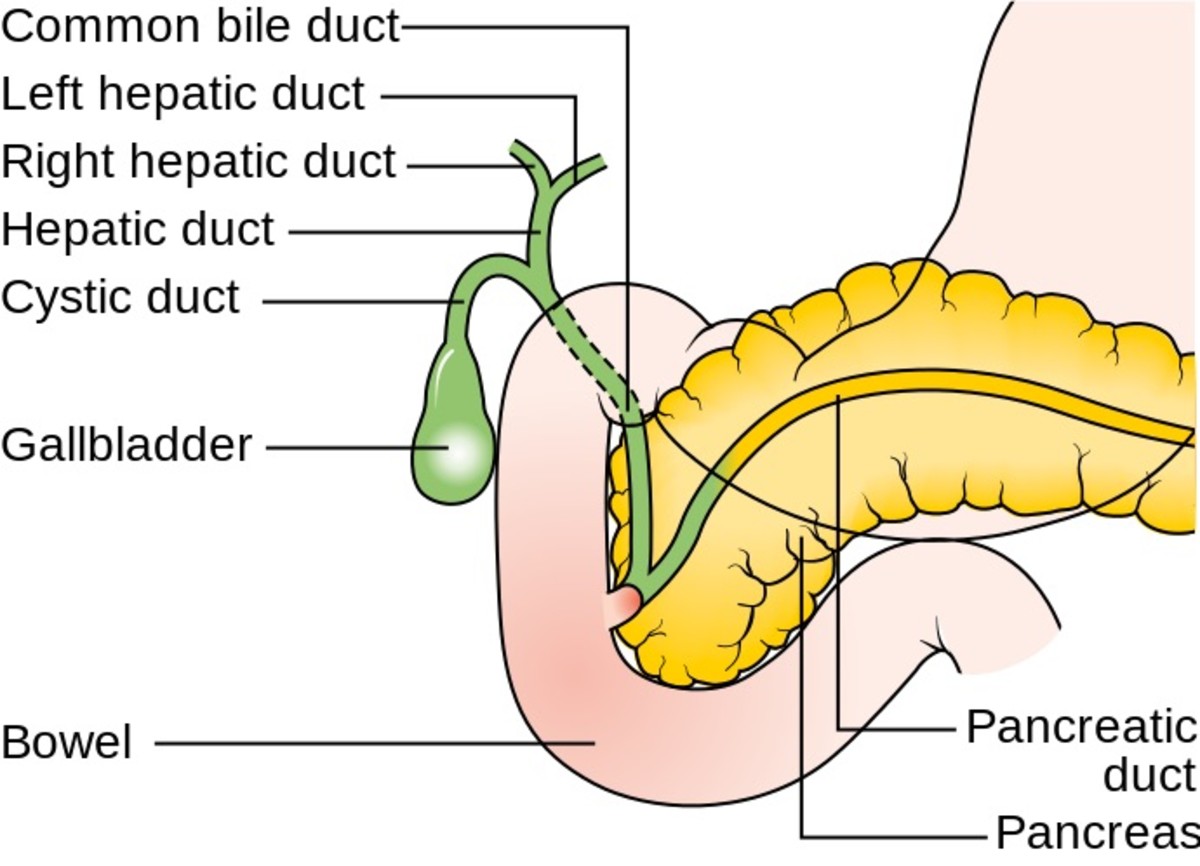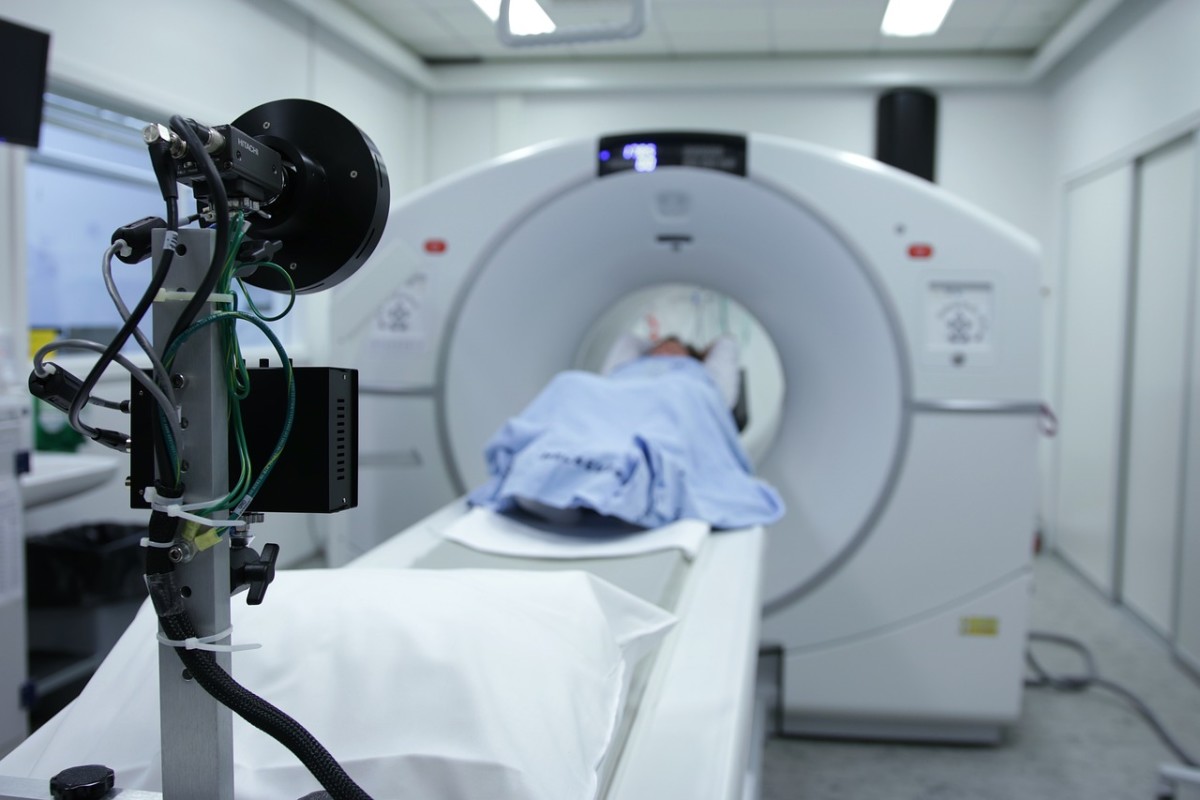Curing Cancer With Oncolytic Viruses
Overview of Viruses
Viruses are non-cellular entities, which contain a protein shell that is surrounded by a lipid envelope. Within this lipid envelope contains genetic information, either in the form of RNA, or of DNA. RNA viruses have a greater ability to mutate than do DNA viruses, hence under most normal circumstances they are more dangerous to a host.
Viruses use the ribosomes and other parts of the host cell to which it attaches to copy its own genetic information and programming. It then produces more protein shells like its own to house the new information. It then exits the host cell by a process called lysis which results in the destruction of its membrane, which invariably kills the host cell. Because viruses do not have a cellular structure, in order to proliferate and carry out its intended metabolic functions, it is necessary for it to attach itself to host cells in order to use both its replication and growth capacity.
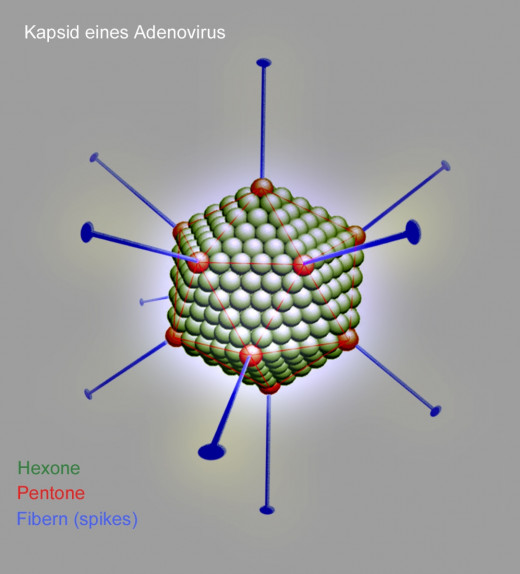
An Unlikely Ally
The mechanism that viruses use to flourish in most situations has negative consequences for the body whose cells are being affected. Viruses can have a wide range of negative effects, from a very minor irritation to death, depending on the type of virus and the overall health of the afflicted body.
It was theorized as far back as the beginning of the 20th century that viruses can have an effect on cancer. Cancer patients that came down with common colds, or other viral infections had a temporary halt of progression, or even a temporary regression of their malignancies. Unfortunately, at that time there was no way to capitalize on that knowledge. In the beginning of the 21st century, however, with 100 years worth of additional scientific knowledge, discoveries, and technological capabilities, there have been advancements made in the area of genetic engineering. In 1900, there was no way known to manipulate a virus. But now it is possible that a virus can be genetically altered to target only cancer cells and leave healthy cells alone. It also appears more likely one day that it could be effective enough to completely eradicate a cancer in an affected body.
Cancer Killers
These viruses that are being genetically altered and worked with to target cancer are known as oncolytic viruses. They have a natural affinity for cancer cells, and are able to kill them by the lysis process, and at the same time not go after normal, non-malignant cells. Their effectiveness and safety have been shown to vary by both the type and different strains of viruses within the same type. What has been particularly exciting is that some types and strains have shown the ability to kill cancers that are typically resistant to standard chemotherapy drugs and radiation.
Some of the types of viruses being studied are Reovirus, Vaccinia, Herpes Simplex, and Adenovirus. In order for a oncolytic virus to be both effective and safe, it has to possess all of the following attributes – selectivity, administrative ability, tolerable side effects and non-pathogenic, efficiency in replication, and the smallest possible risk of mutation.
Selectivity refers to the extent of the ability of the oncolytic virus to target only the malignant cells, and leave other cells alone. Administrative ability is defined by how many different parts of the body in which the virus can be effectively used. The ideal amount of side effects would be none, though if that cannot be achieved, the side effects must possess little enough danger to a patient with a compromised immune system. Efficiency in replication means that a virus must be able to make enough copies of itself to completely destroy all cancer cells. Any cancer cells left behind can result in future tumor growth. An oncolytic virus also must not mutate once injected into a patient, especially if it is a more virulent type or strain. A virus that has been genetically engineered to be friendly may end up doing more harm than good if it mutates once inside a patient.
In addition to the preceding criteria, the ideal virus must also be able to deliver what is termed a “payload” to the tumor. Payloads refer to cancer suppressing genes, or in some types, other anti cancer therapies.
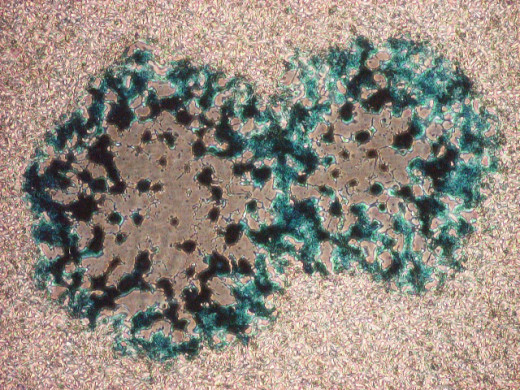
Combination Therapy
Oncolytic viruses are not only being looked at as a substitute for chemotherapy and radiation. They have also been observed in trials to have a synergistic effect when combined with conventional treatments. In a strategy such as that, the ability of the virus to deliver a payload becomes even more important. One noted example was that of the Reovirus strain T3D which as a singular therapy has shown potential in ovarian, pancreatic, breast, and colon cancers. It was combined with a few chemotherapeutic drugs in non small cell lung cancer, and was shown to have demonstrated synergism with the chemo.
The Natural Immune System - Both an Aid and Obstacle
The body’s natural immune system can be both an asset and an obstacle to oncolytic viruses. It serves as an obstacle in that it will recognize the virus as a foreign invader, and will invariably try to destroy it once it is injected. There are some viruses that have been used to which humans do not have a preexisting immunity, however the immune system eventually develops antibodies that will attempt to neutralize the virus. This is believed to be a reason why the combination therapy has been so effective in early trials. Chemotherapy drugs typically lower a patient’s natural immune system, enabling the virus to flourish for a longer period of time. Another approach that has been attempted has been hiding the virus inside the macrophages, which typically tend toward areas of low oxygen levels, which are characteristic of tumors.
The immune system can also be a help in that when injected into a tumor, the body recognizes the virus as an infection and thus attacks the area where it is located. Cancer growth is highly dependent on its ability to mask itself as a normal cell to hide from the body’s defensive system. Some viruses are very immunogenic, and calling attention to the tumor results in the cancer also being attacked in addition to the virus. This result can be enhanced if the virus is also manipulated to carry an additional immune stimulating payload.



